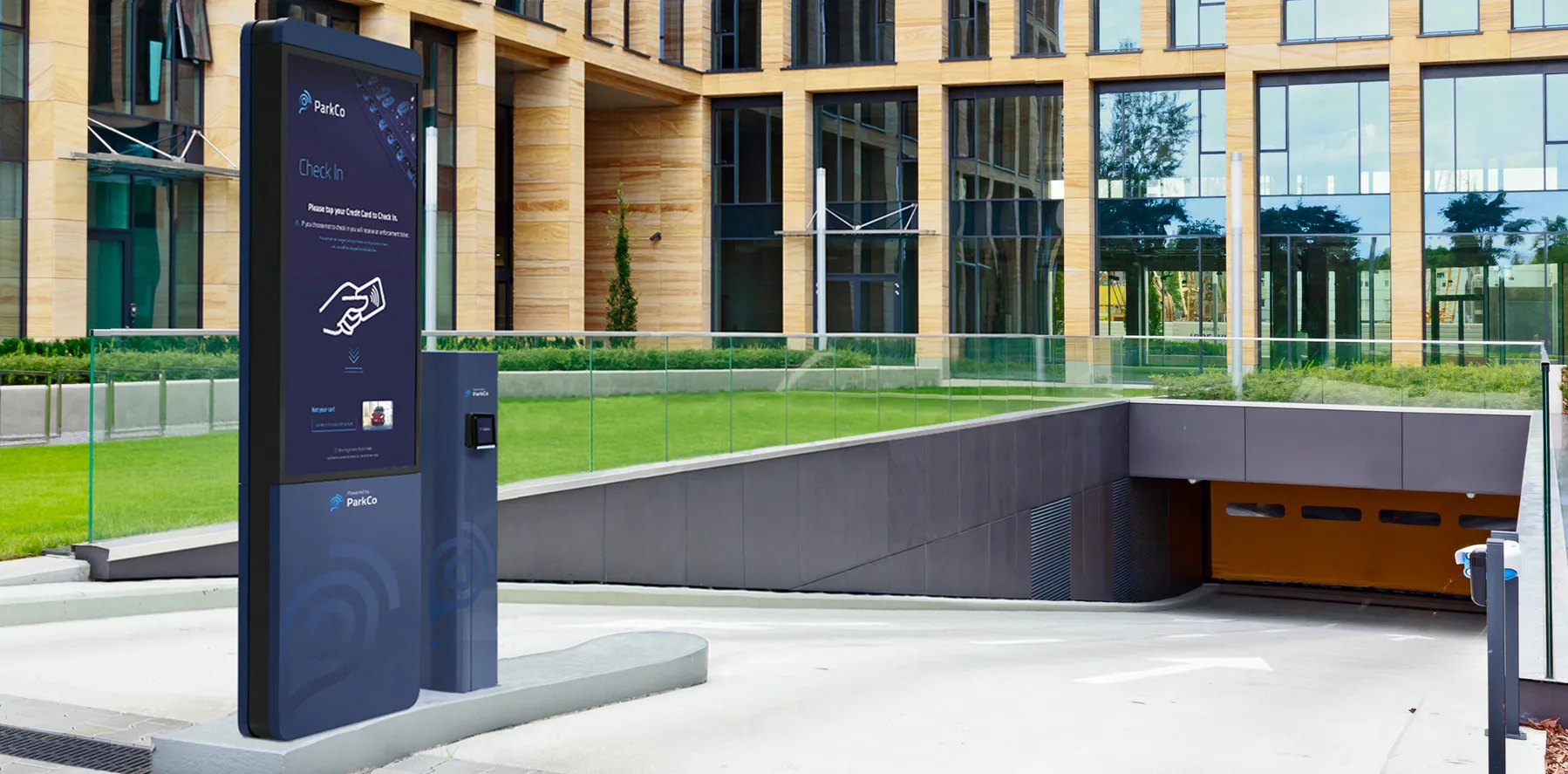
A solution that reduces congestion inside parking areas, informs drivers where spaces are available, guides them to those spaces and optimise parking utilisation is being displayed on
Called wireless parking guidance by area, the system works by measuring the traffic flow in the entrances and exits of parking areas to calculate the number of available spaces in each zone.
Information about the availability of spaces is displayed to drivers to help them locate a vacant space while historic data can be used by car park managers to determine usage patterns and improve service for motorists. The system is said to be easy to install and maintain requiring minimal intervention in the infrastructure and scalable to cover very large car parks.









